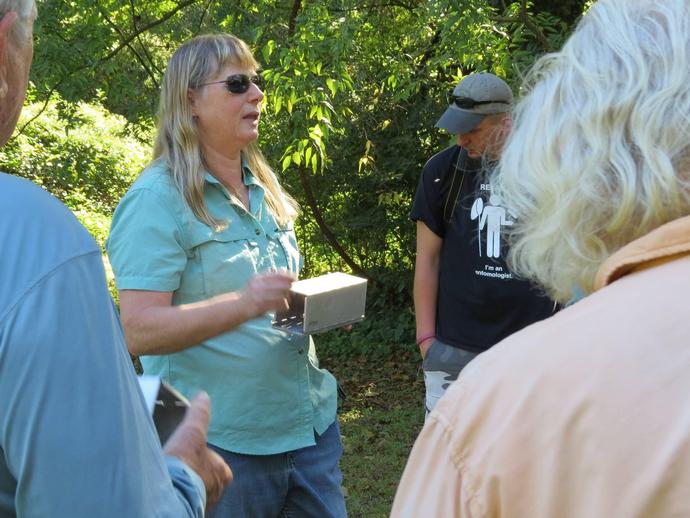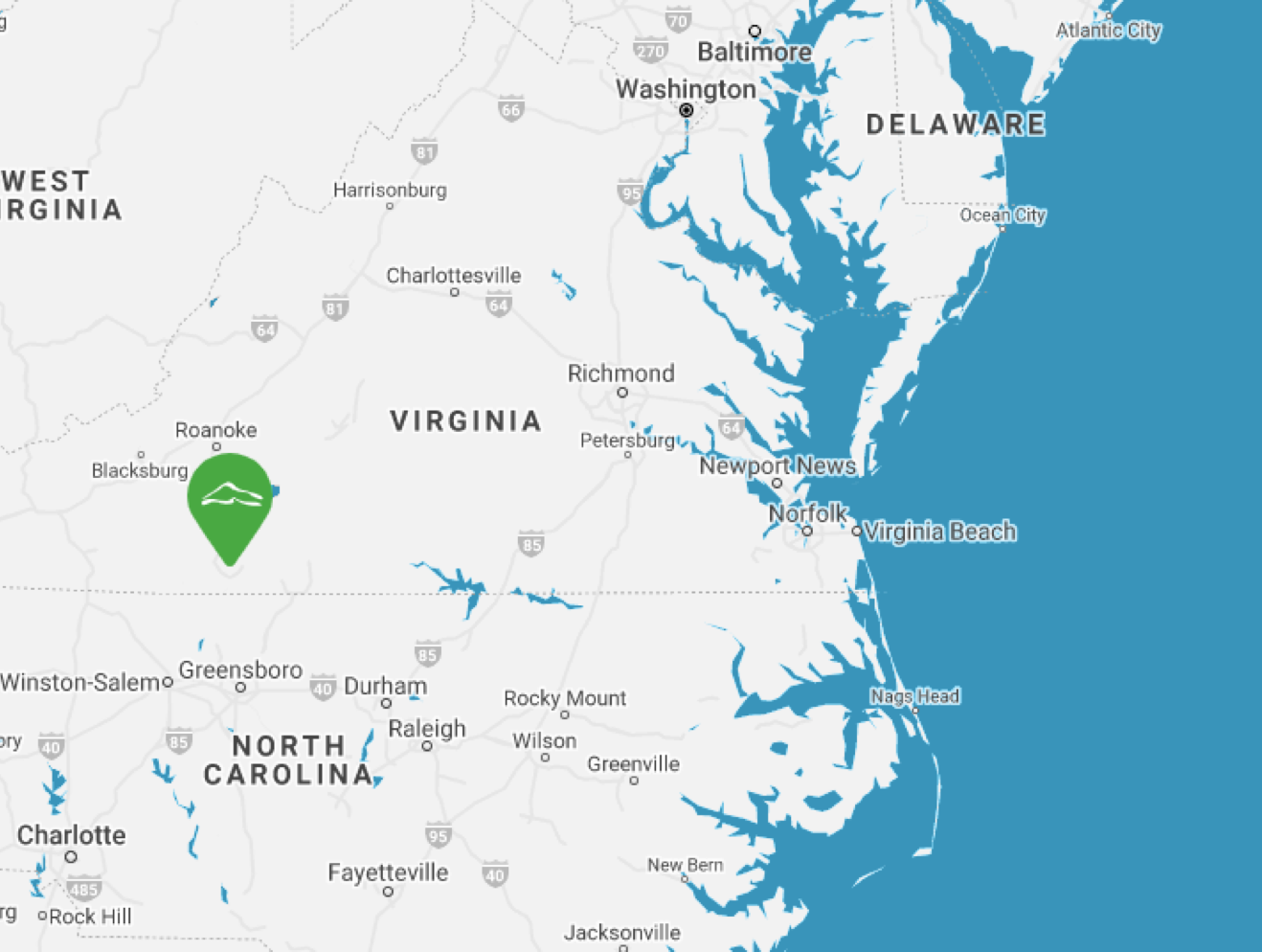October 5, 2017
Dr. Nancy Moncrief, curator of mammalogy at VMNH, and Dr. Kal Ivanov, assistant curator of invertebrate zoology at VMNH, traveled to Gloucester Point on October 4 to instruct the day-long workshop "Capture and Curation Methods for Studying Terrestrial Vertebrates and Invertebrates: Discovering How Important Scientific Specimens Can Be!" at the Virginia Institute of Marine Science. The workshop was presented in cooperation with the Chesapeake Bay National Estuarine Research Reserve, at William and Mary's Virginia Institute of Marine Science in Gloucester Point, Virginia.
Most native mammals in Virginia are small, secretive, difficult to identify, and are active mostly at night. Therefore, the only effective method for studying many of these species is trapping. During her portion of the workshop, Dr. Moncrief instructed participants on the various methods of capturing mammals. Participants accompanied Dr. Moncrief as she checked previously set live traps. Participants then observed and photographed the animals that were captured before they were released where they were caught. Dr. Moncrief also discussed the various other methods for studying mammals that do not require capture and handling.
Virginia's invertebrate fauna is not fully known but most of the 20,000 species expected to occur in the state are small, secretive and often difficult to find. Because they are small, and the majority cannot be identified without the examination of minute morphological characters, entomologists often make and maintain research collections. However, before the specimens make it into a research collection they have to be first captured.
During his portion of the workshop, Dr. Ivanov led participants to explore various ways for catching arthropods and other invertebrates. These included: 1) active techniques such as hand collecting, sweep netting, and collecting with beat sheets; and 2) passive techniques such as Winkler litter extraction, pitfall traps, Malaise traps and other passive trap types, some of which are baited with small bits of sweet foods (such as cookies).

 Hours & Admissions
Hours & Admissions Directions
Directions

